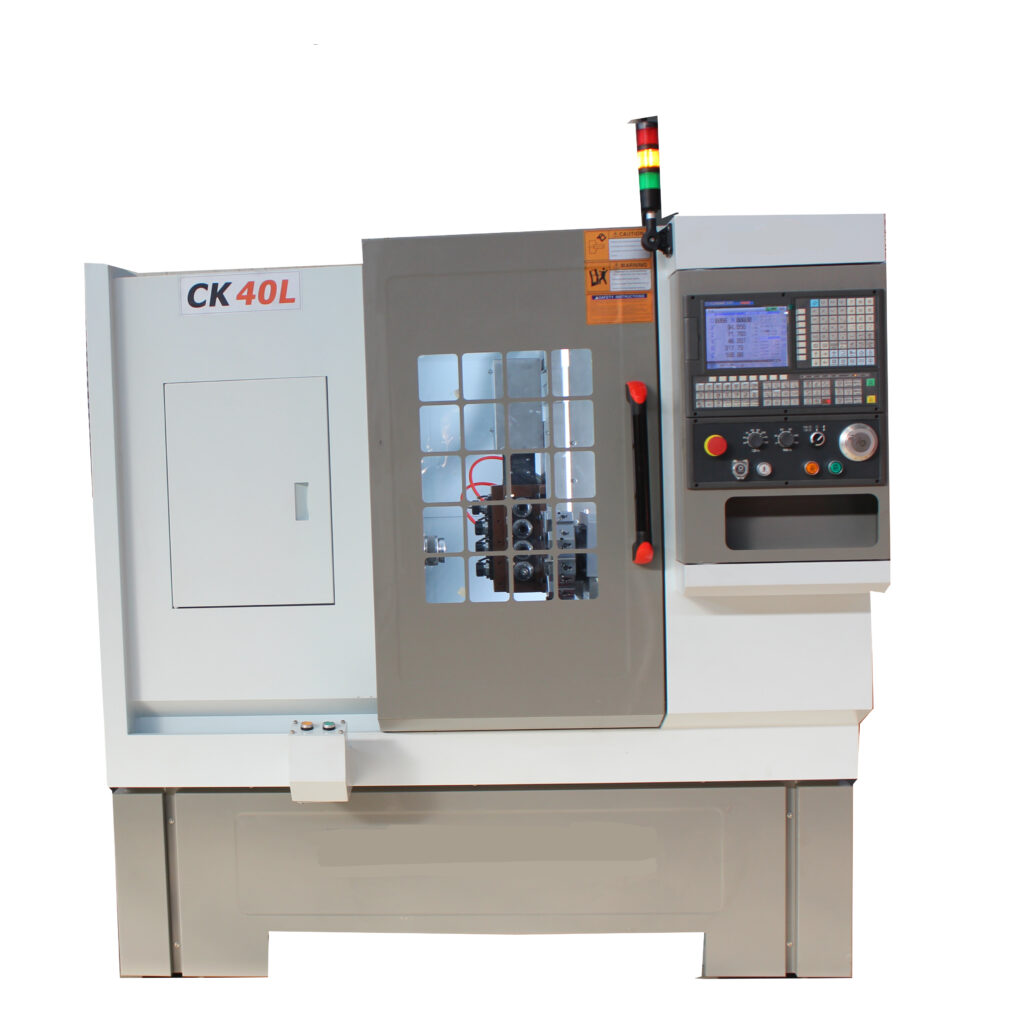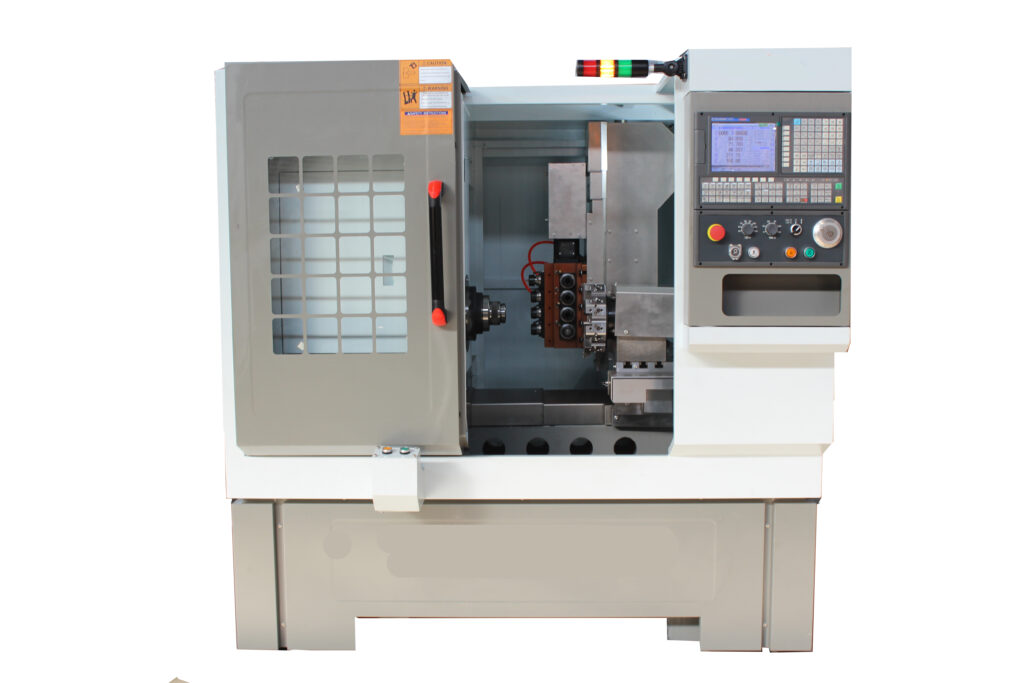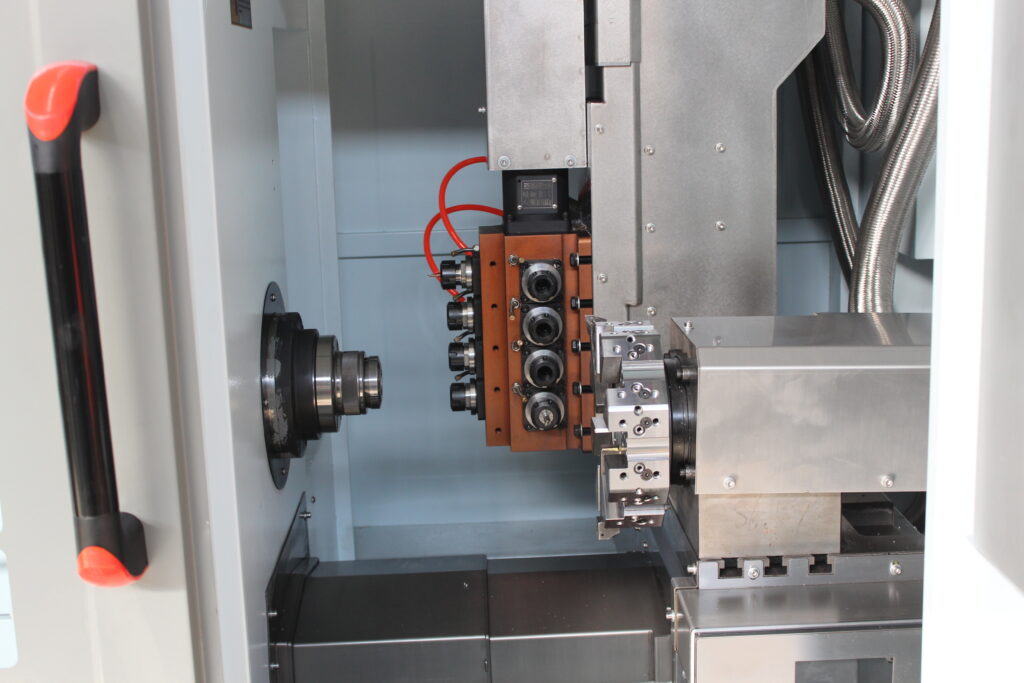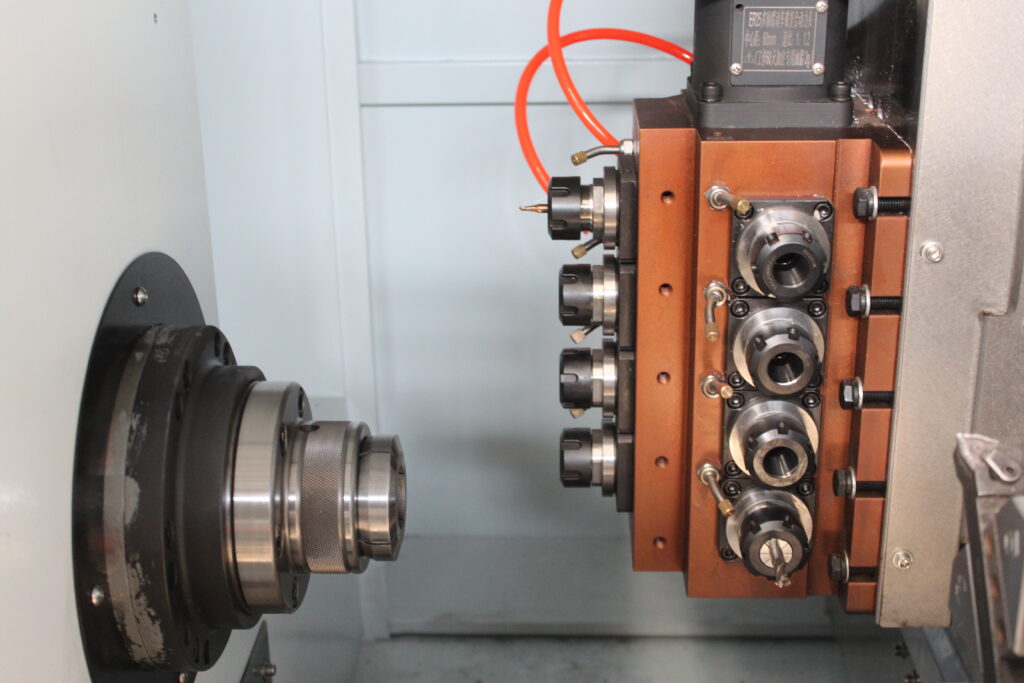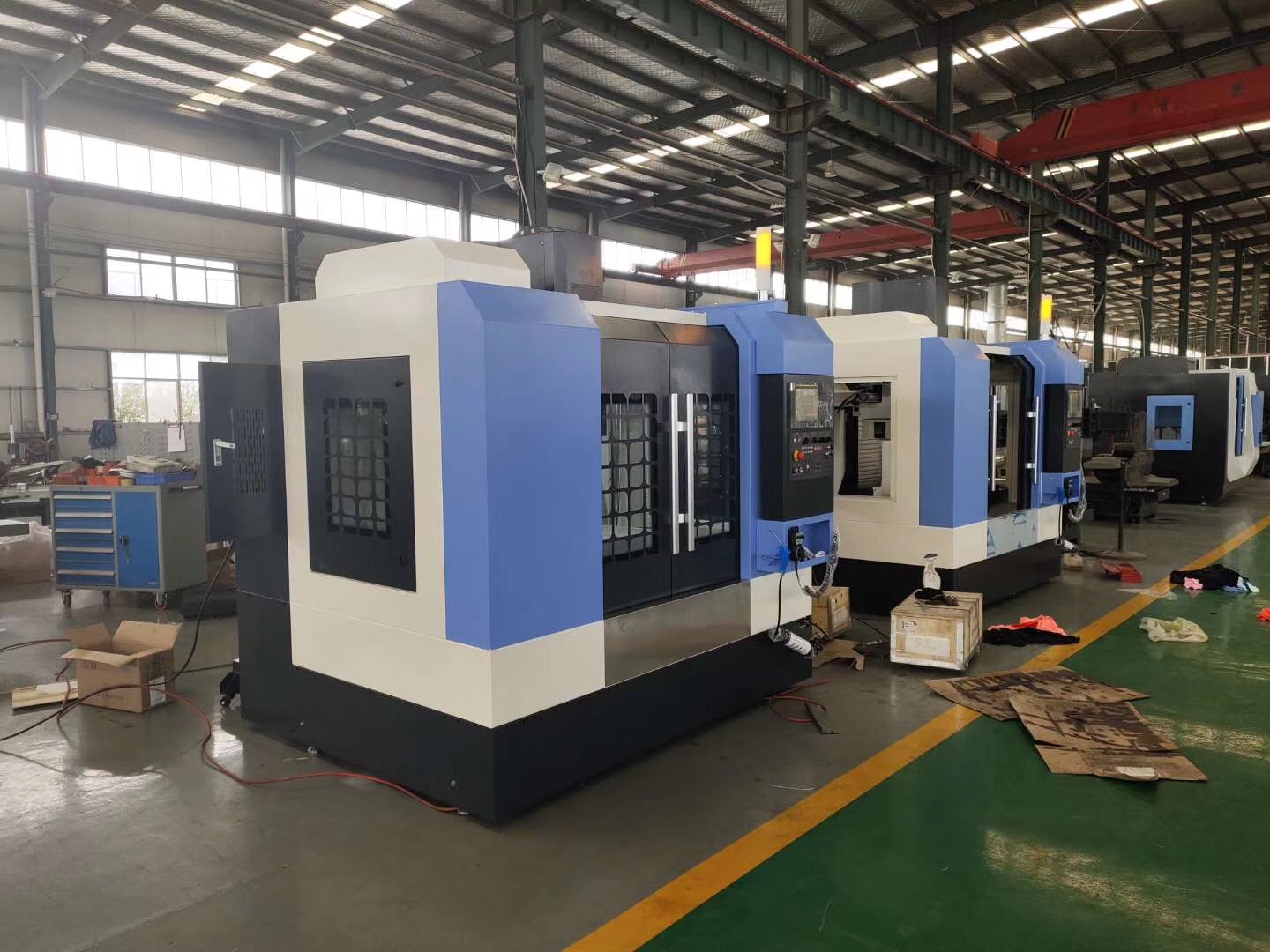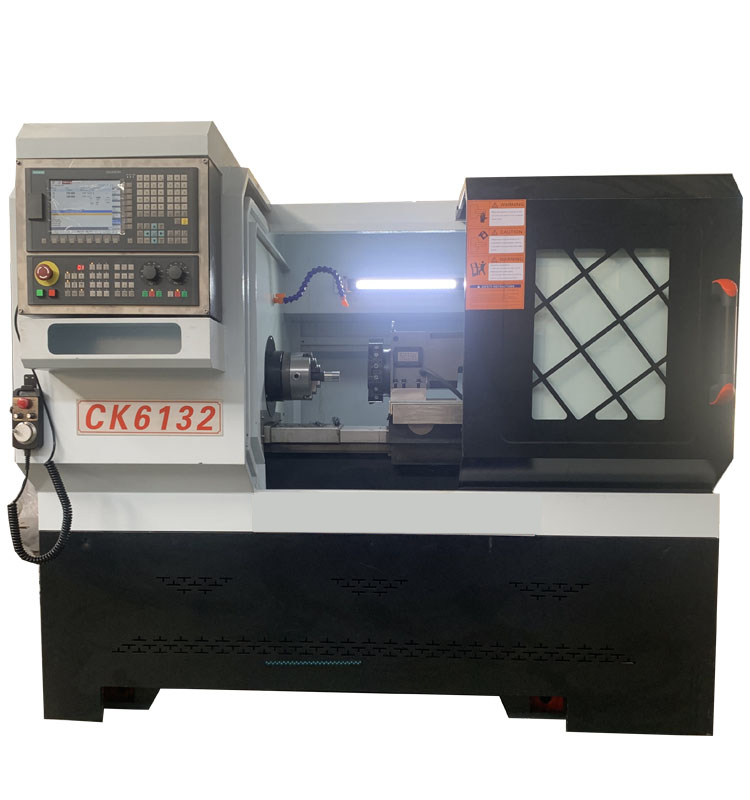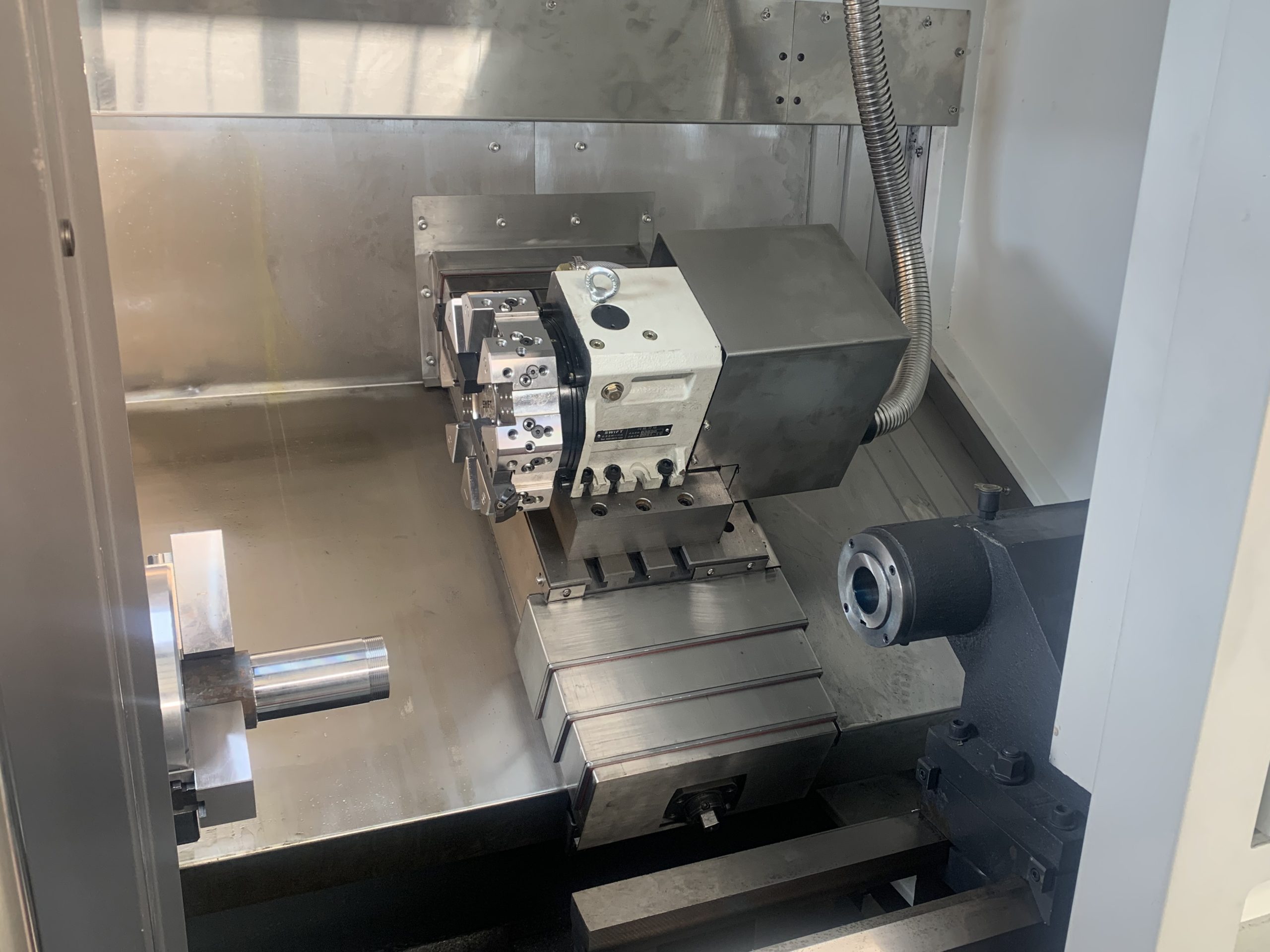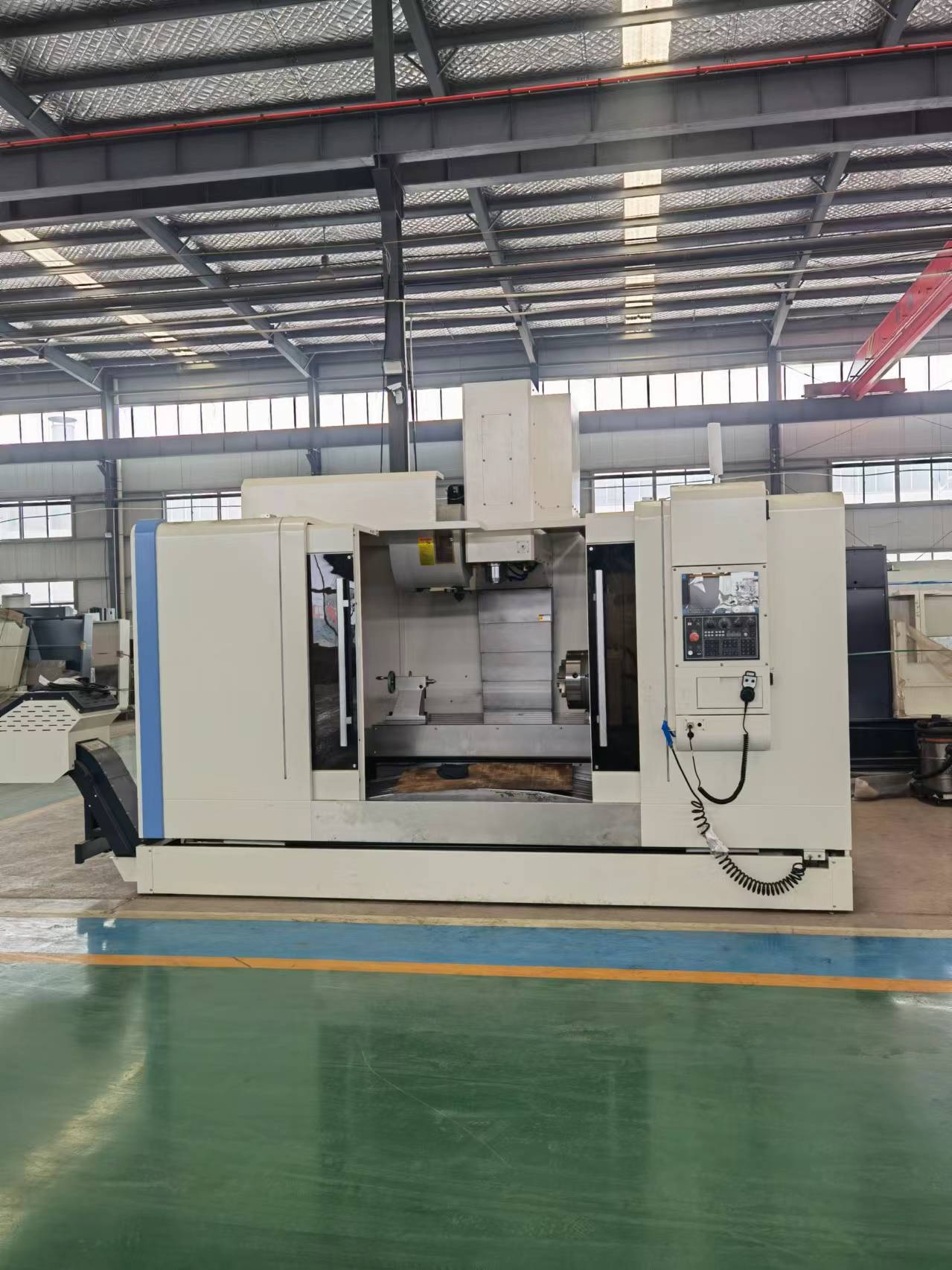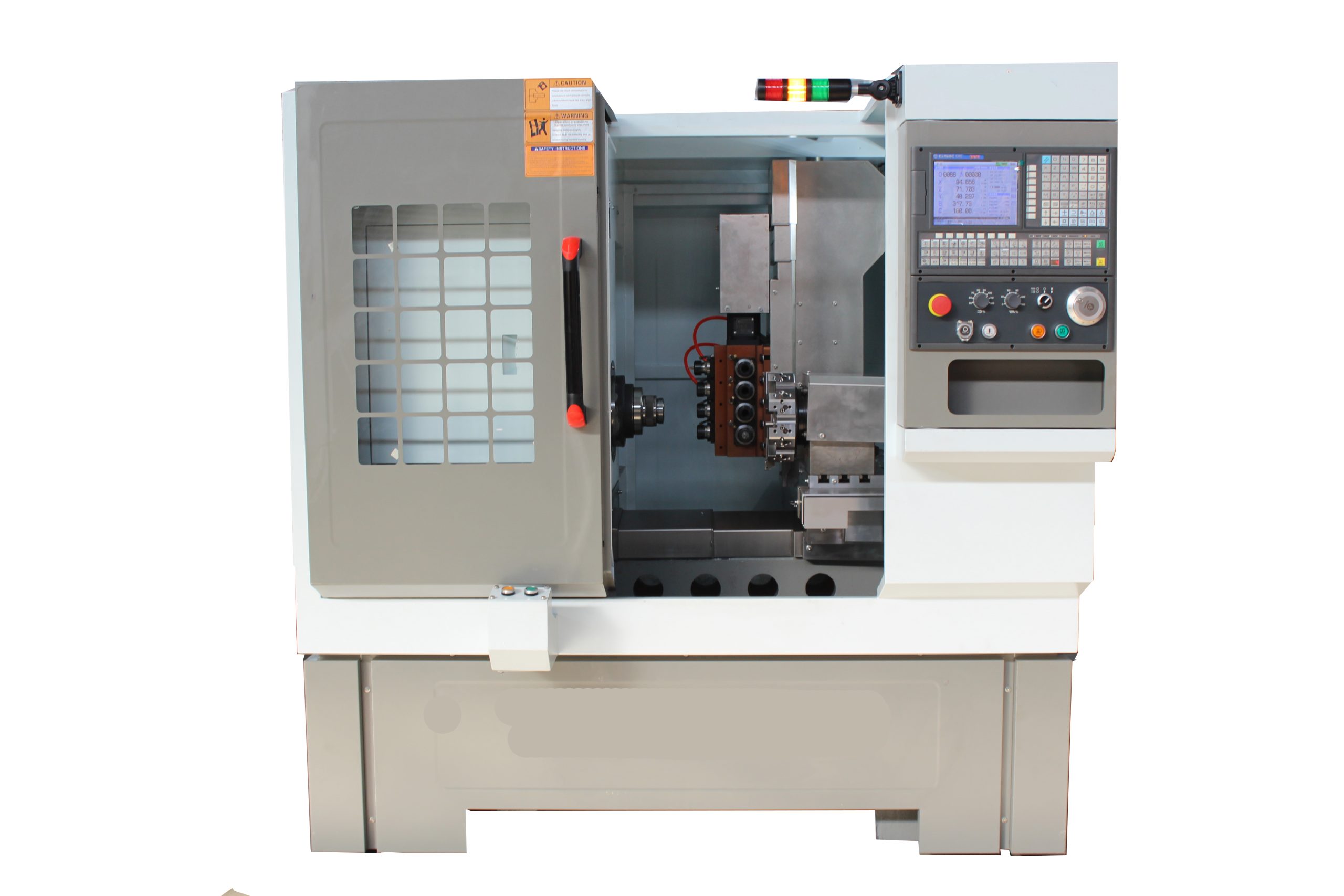Lathe automatic bar feeder is mainly divided into hydraulic bar feeder and servo bar feeder according to different driving modes. The following is a detailed introduction of these two feeders:
Hydraulic bar feeder
- Overview
Hydraulic bar feeder is a commonly used automatic feeding equipment in CNC lathes. It uses the constant pressure of the hydraulic system to push the piston bar (push bar) to push the bar into the spindle, thereby realizing automatic feeding. Hydraulic bar feeder is particularly suitable for processing high-speed, long bars and precision workpieces.
- Main components
The hydraulic bar feeder is mainly composed of five parts: hydraulic station, material pipe, push bar, bracket and control circuit. The hydraulic station provides constant pressure (usually 0.1~0.2Mpa), and the hydraulic oil is fed into the material pipe through the oil pump to push the push bar to move.
III. Working principle
During operation, the bar is in the hydraulic oil of the material pipe. When the bar rotates, under the damping reaction stress of the oil, the bar will automatically suspend the rotation in the center of the material pipe. This method greatly reduces the collision and friction between the bar and the feeding tube wall, and reduces vibration and noise.
- Features
- Stable feeding: The hydraulic source power makes the feeding action very stable and smooth.
- Low noise: The working noise of the hydraulic system is relatively small.
- Wide range of application: Different material tubes are suitable for materials of different diameters, the gap between the material and the material tube is more reasonable, and the feeder is more stable.
- High precision: The material tube is selected as a high-precision cold-rolled seamless steel tube, combined with argon-fluorine welding to ensure small deformation and high precision.
Servo bar feeder
- Overview
The servo bar feeder is another common automatic feeding equipment, which uses a servo motor to drive the feeding device to transport materials. The servo bar feeder has the advantages of high precision, high speed and programmable control, and is suitable for processing occasions with high requirements for feeding accuracy and speed.
- Main components
The servo bar feeder is mainly composed of a servo motor, a reducer, a feeding device, a control system and a human-computer interaction interface. The servo motor drives the feeding device to perform linear or rotational motion through the reducer, and the control system is responsible for controlling the motor’s speed, direction, feeding amount and other parameters.
- Working principle
The working principle of the servo bar feeder is to control the motion trajectory and speed of the servo motor through programming, so that the feeding device can transport materials according to the predetermined path and speed. During the feeding process, the control system will monitor the motor’s operating status and feeding amount and other parameters in real time to ensure the accuracy and stability of feeding.
- Features
- High precision: The servo motor has high-precision rotation control characteristics and can achieve accurate feeding positioning.
- High speed: The servo motor has a fast response speed and can achieve high-speed feeding.
- Programmable control: Parameters such as feeding amount, feeding speed and feeding path can be easily set through programming.
- Good stability: The servo control system has strong anti-interference ability and stability, which can ensure the reliability and stability of feeding.
In summary, hydraulic bar feeders and servo bar feeders each have their own characteristics and advantages. When choosing, it is necessary to comprehensively consider factors such as actual processing needs, budget and performance requirements.

